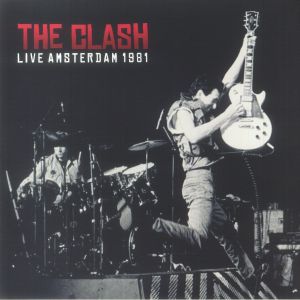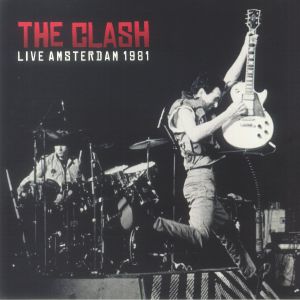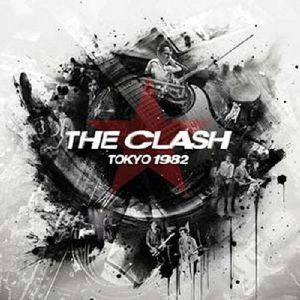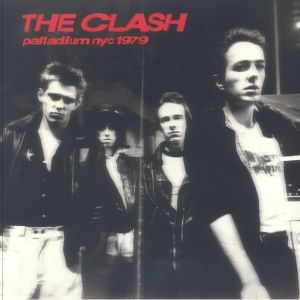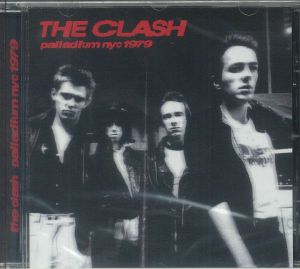Receive new release alerts for Expensive Woodland
Filter
音楽
アーティスト
リリースタイトル
値段
Expensive Woodland レコード& CD
Browse the latest Vinyl & CD releases on Expensive WoodlandSimilar labels:
1~6/6(ページ1/1)の商品
in stock $12.47
Review: Punk rock heroes The Clash were midway through their transformation from guitar thrashing rabble rousers to the dub and hip-hop influenced alt pop pioneers they became when this broadcast captured them in live action in the capital of the Netherlands. So, expect a few anthems from the early days like 'London Calling', as well as more futuristic fusions of differemt genres such as 'The Magnificent Seven' and other highlights from their sprawling, ambitious and generally acomplished triumph, the Sandinista! LP
… Read more in stock $28.54
Review: In December 1980, The Clash released the sprawling 36-song Sandinista! album, which marked their transition from rabble rousing guitar slingers to the genre-splitting musical experimentalists that inhabited the second part of their career. This high quality recording catches them in mid change, still including the pogo-friendly likes of 'London Calling' - the opening tune here - but also an echo chamber-drenched version of reggae-inspired original 'Bankrobber' and their hip-hop anthem 'The Magnificent Seven'.
… Read more in stock $29.10
Review: Finishing up recording sessions for what would become their classic fifth full-length LP Combat Rock in December of 1981, The Clash began 1982 with a six-week jaunt across Australia, New Zealand, Hong Kong, Thailand (where they would shoot the iconic cover for their forthcoming album) and Japan, marking their first time hitting most of these countries. Taking the stage at the Nakano Sunplaza in Tokyo on the 1st February, Joe Strummer and co would rip through a setlist that reads today more like a greatest hits collection including the signature opener 'London Calling' along with an array of quintessential bangers such as '(White Man) In Hammersmith Palais', 'This Is Radio Clash', 'Tommy Gun' and 'Jimmy Jazz', while the band would be joined by bassist Paul Simonon's wife Pearl Harbor (aka Pearl E. Gates) of new wave outfit Pearl Harbor & The Explosions for a rendition of the Wanda Jackson popularised 'Fujiyama Mama'. This tour and subsequent performance is also noteworthy for being one of the last to feature drummer Topper Headon, who would be removed from the band shortly after due to his heroin addiction, ultimately bringing an end to the original line-up.
… Read more in stock $24.38
in stock $24.93
in stock $14.14
1~6/6(ページ1/1)の商品

 USD
USD






